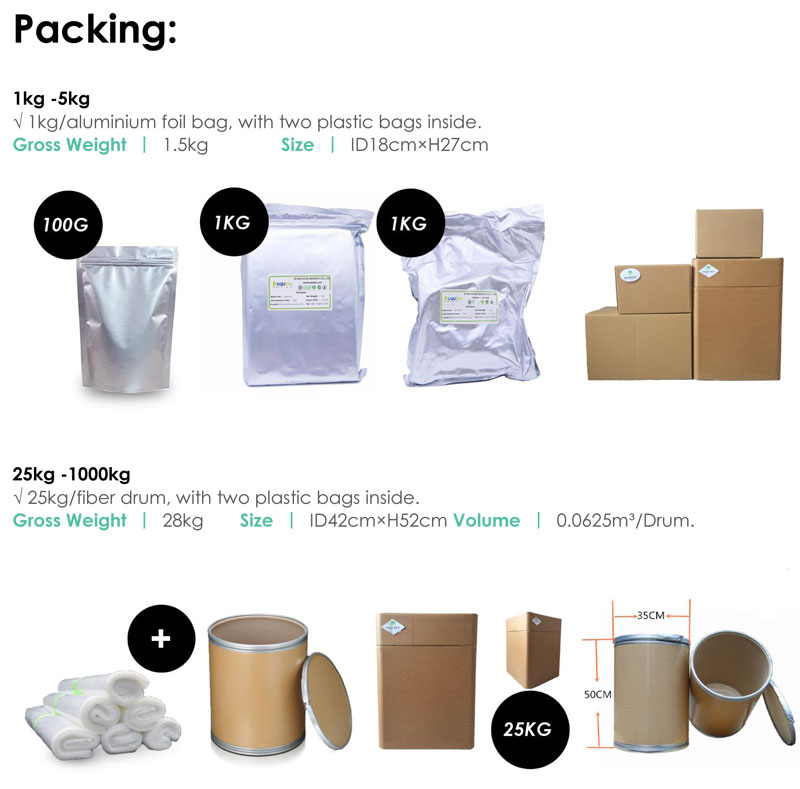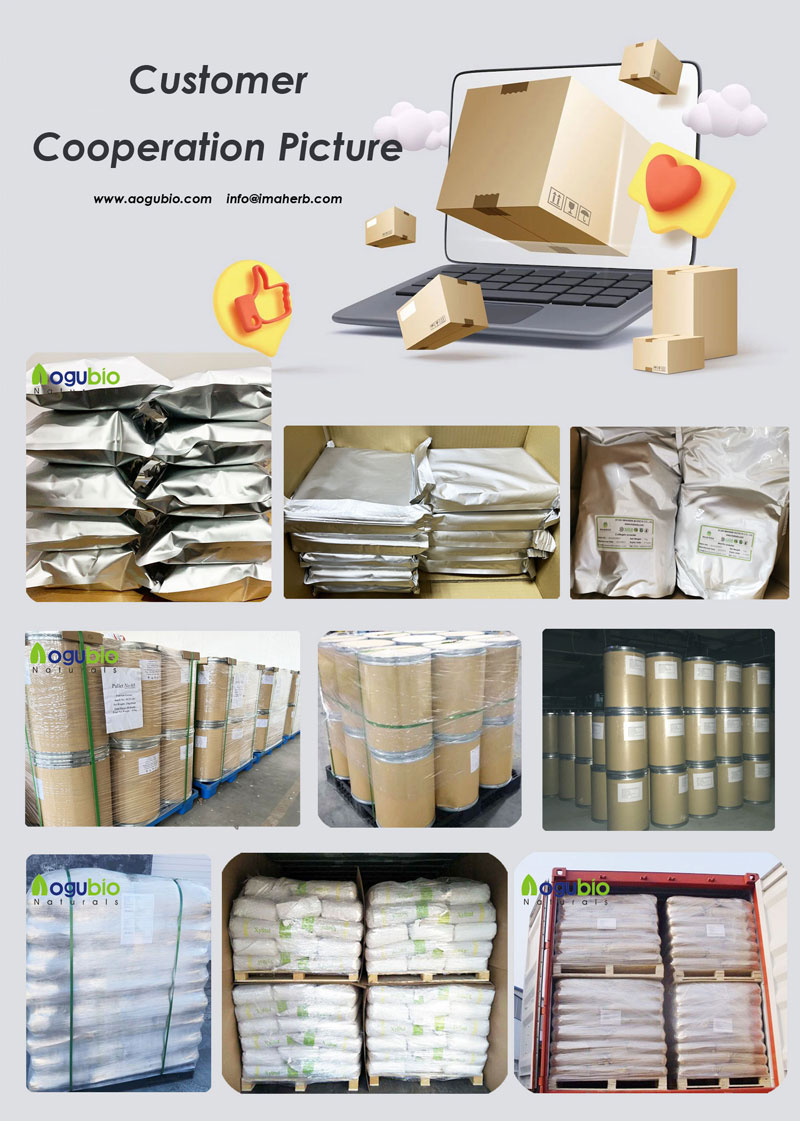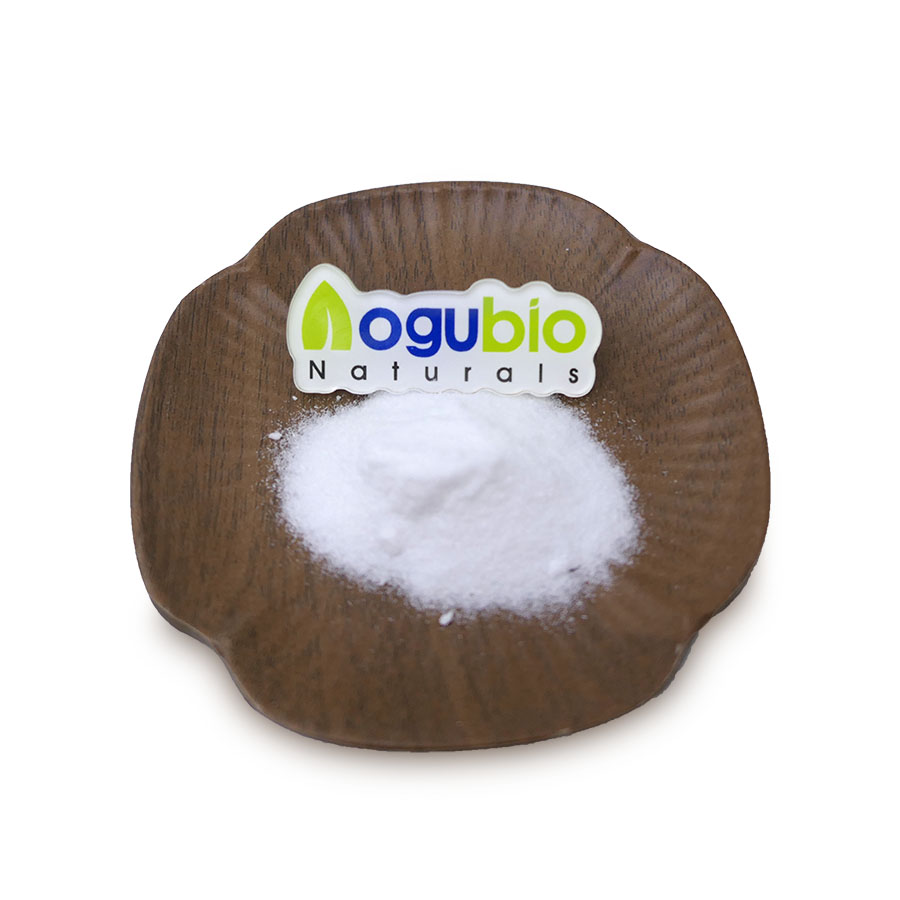Managing Addiction and Cravings with N-Acetylcysteine: An Evidence-Based Approach
Addiction is a complex condition that affects millions of people worldwide. Whether it's substance abuse, gambling, or any other compulsive behavior, addiction can have devastating effects on individuals and their loved ones. While there are various treatment options available, N-Acetylcysteine (NAC) has emerged as a promising tool in managing addiction and cravings.
NAC is a naturally occurring compound and is widely available as a dietary supplement in the form of powder. It has been extensively studied for its therapeutic potential, particularly in the field of addiction. Research has shown that NAC can effectively reduce cravings and withdrawal symptoms associated with addiction.
One of the key mechanisms through which NAC works is by replenishing glutathione, an important antioxidant in the brain. Glutathione helps regulate the brain's reward system, which is significantly disrupted in addiction. By restoring glutathione levels, NAC helps rebalance the reward system, reducing the intense cravings experienced by individuals with addiction.
Furthermore, NAC has been found to modulate several neurotransmitter systems in the brain that are involved in addiction. It influences the levels of dopamine, a neurotransmitter associated with pleasure and reward, as well as glutamate, a neurotransmitter involved in learning and memory. By regulating these neurotransmitters, NAC can help restore normal brain function and reduce the urge to engage in addictive behaviors.
Numerous studies have demonstrated the effectiveness of NAC in managing addiction and cravings. A study published in the American Journal of Psychiatry found that NAC significantly reduced cocaine cravings and improved abstinence rates in individuals with cocaine addiction. Another study published in the Journal of Clinical Psychopharmacology showed that NAC reduced nicotine cravings and improved smoking cessation rates in individuals with tobacco addiction.
NAC has also shown promise in treating other addictions, such as gambling and internet addiction. A study published in the journal Biological Psychiatry examined the effects of NAC on individuals with gambling disorder and found that it significantly reduced gambling cravings and improved decision-making abilities. Similarly, a study published in the Journal of Clinical Psychopharmacology investigated the effects of NAC on internet addiction and reported a significant reduction in cravings and improved impulse control.
Importantly, the use of NAC in managing addiction is backed by robust scientific evidence. It has been extensively researched in both animal and human studies, with consistent findings supporting its efficacy. Additionally, NAC has a well-established safety profile and is generally well-tolerated, making it a suitable option for long-term use.
While NAC shows promising results in managing addiction and cravings, it should not be viewed as a standalone treatment. It is most effective when used as part of a comprehensive treatment plan that includes therapy, counseling, and support groups. NAC can be seen as an adjunctive treatment that helps individuals better engage in the recovery process by reducing cravings and improving overall well-being.
In conclusion, addiction is a widespread issue that demands effective treatment options. N-Acetylcysteine (NAC) has emerged as a promising tool in managing addiction and cravings. With its ability to restore brain function, modulate neurotransmitter systems, and reduce cravings, NAC offers hope for individuals seeking recovery. However, it's important to remember that NAC should be used in conjunction with other treatment modalities for optimal outcomes. If you or someone you know is struggling with addiction, consult a healthcare professional to discuss if NAC is a suitable option.
Product Description
N-acetyl cysteine (NAC) comes from the amino acid L-cysteine. Amino acids are building blocks of proteins. NAC has many uses and is an FDA approved drug.
N-acetyl cysteine is an antioxidant that might play a role in preventing cancer. As a drug, it's used by healthcare providers to treat acetaminophen (Tylenol) poisoning. It works by binding the poisonous forms of acetaminophen that are formed in the liver.
People commonly use N-acetyl cysteine for cough and other lung conditions. It is also used for flu, dry eye, and many other conditions, but there is no good scientific evidence to support many of these uses. There is also no good evidence to support using N-acetyl cysteine for COVID-19.
N-Acetyl-L-Cysteine is an amino acid, can be transformed from the body of methionine, cystine can be transformed with each other. N-Acetyl-l-cysteine can be used as a mucilagenic agent. It is suitable for respiratory obstruction caused by a large amount of phlegm obstruction. In addition, it can also be used for detoxification of acetaminophen poisoning.


Function
N-Acetyl-L-Cysteine is an amino acid, can be transformed from the body of methionine, cystine can be transformed with each other. N-Acetyl-l-cysteine can be used as a mucilagenic agent. It is suitable for respiratory obstruction caused by a large amount of phlegm obstruction. In addition, it can also be used for detoxification of acetaminophen poisoning.





















